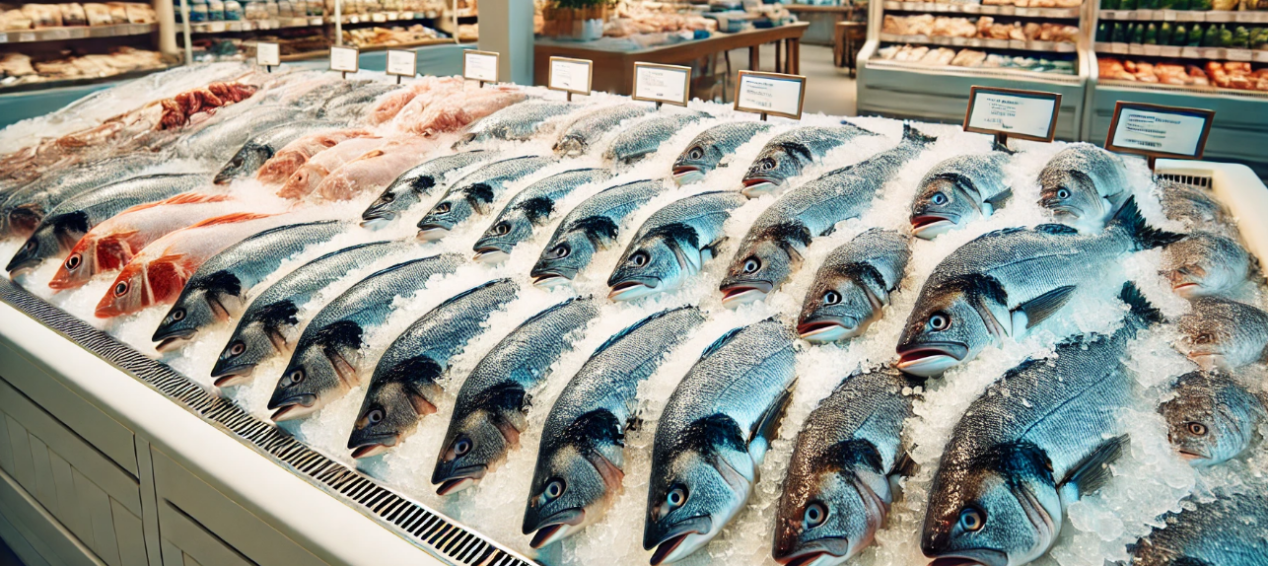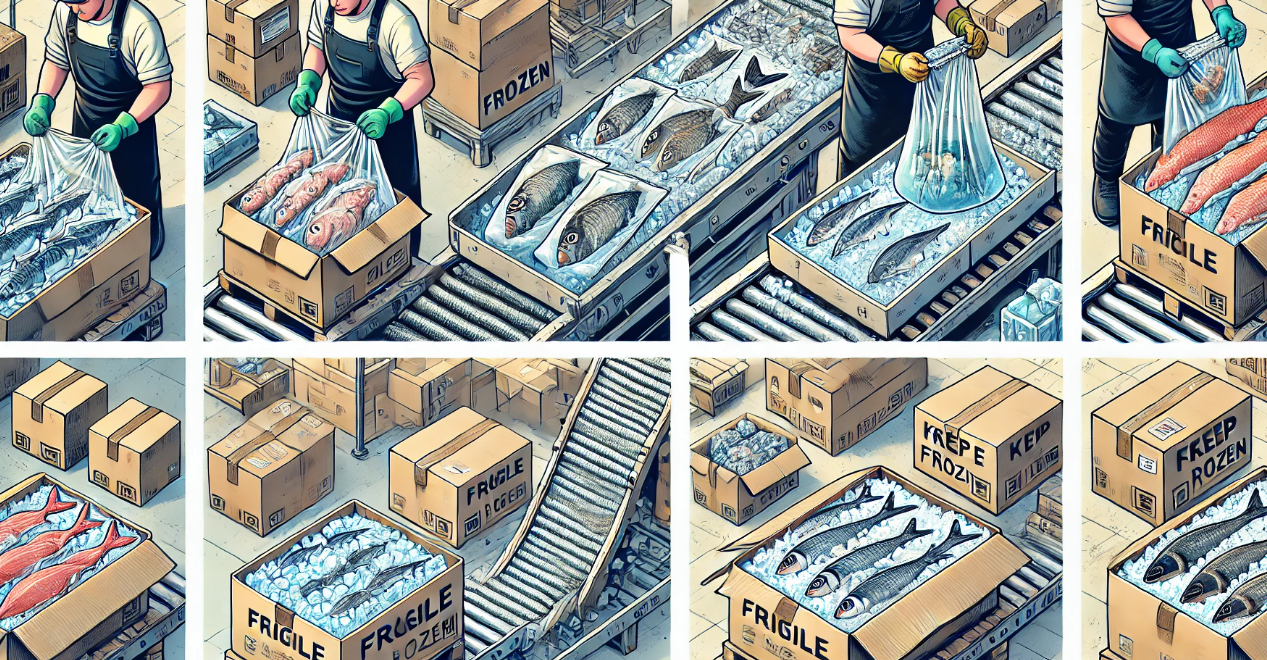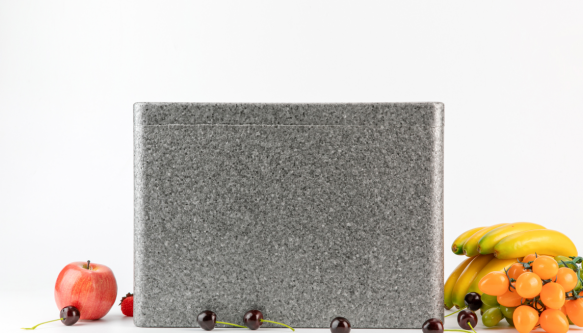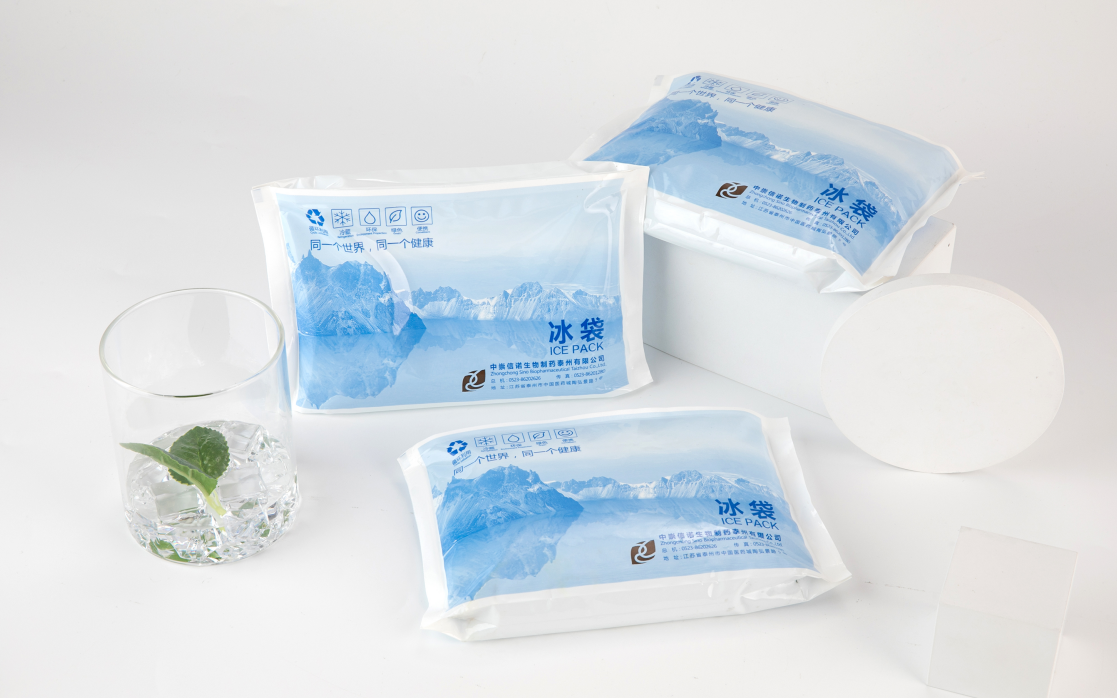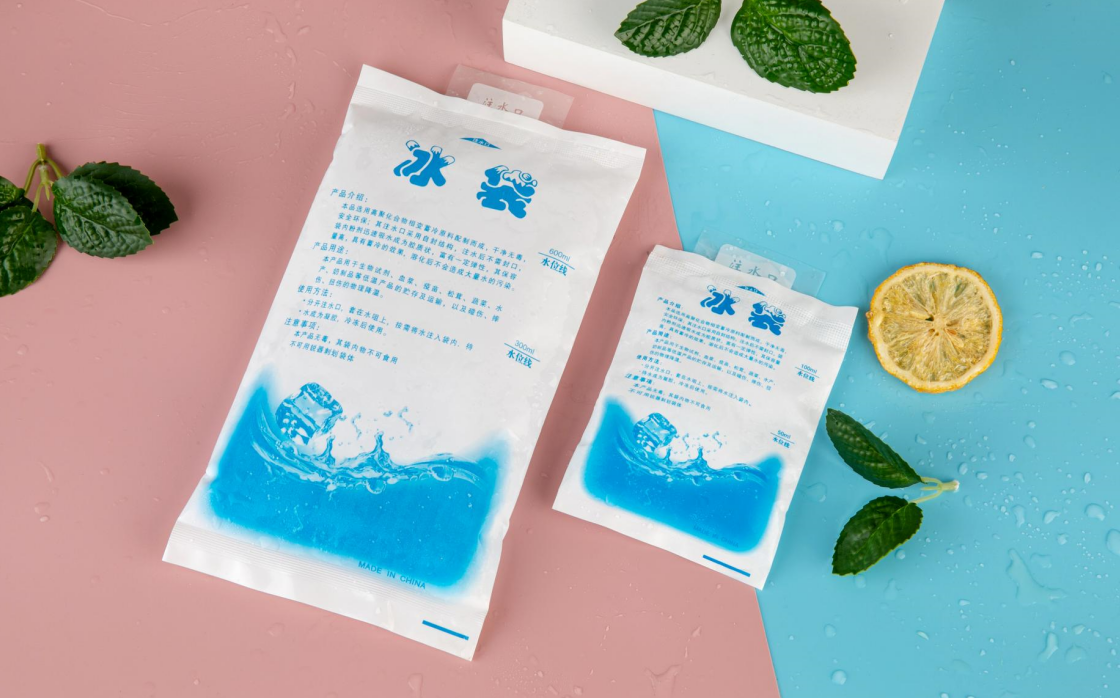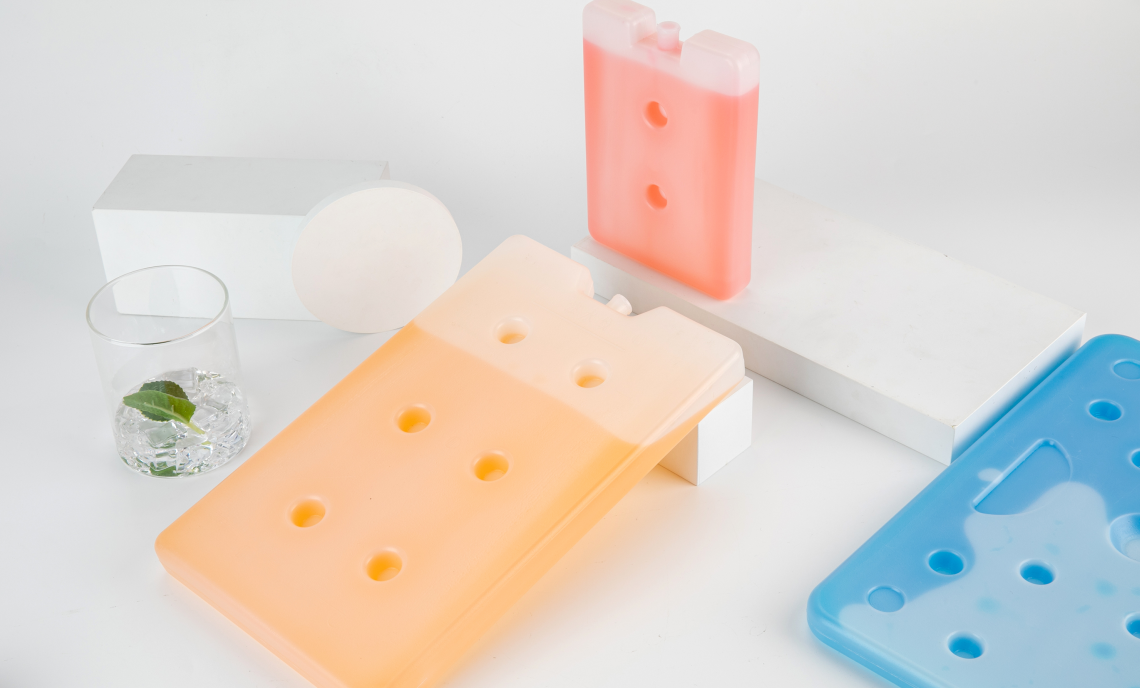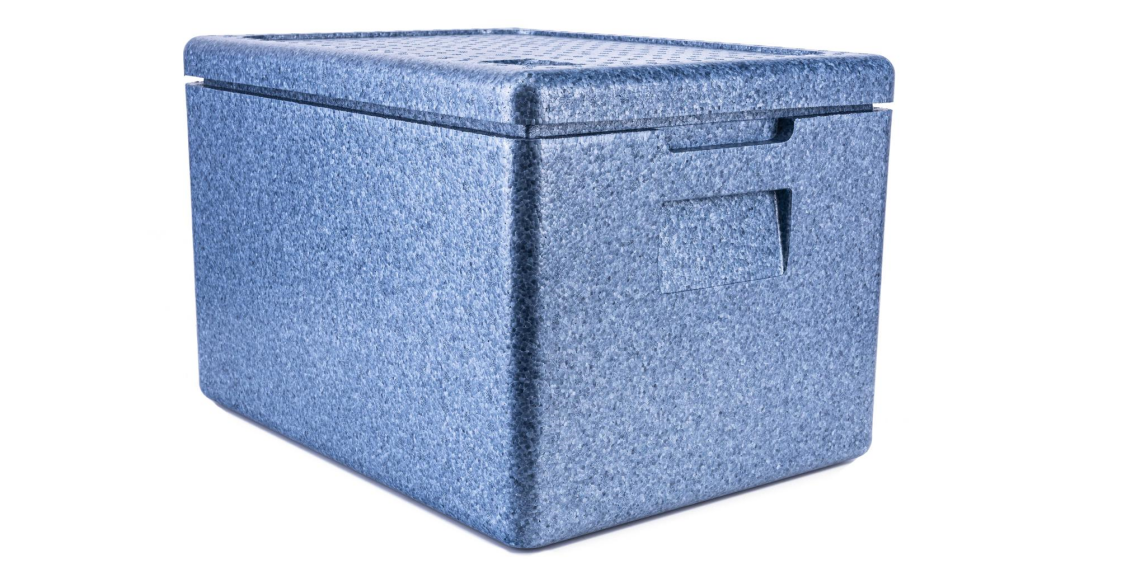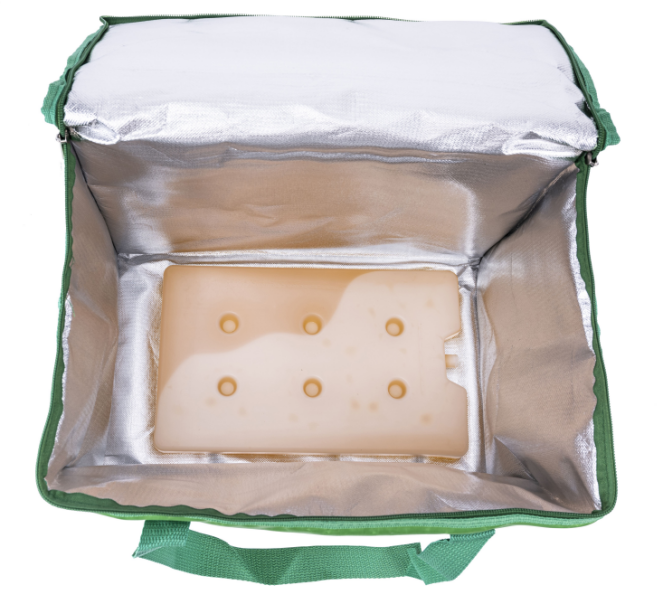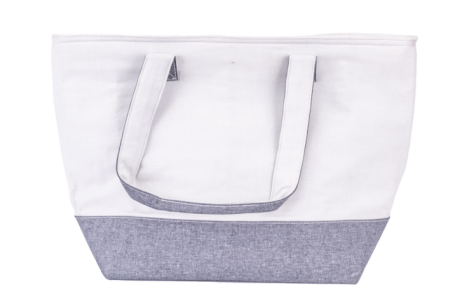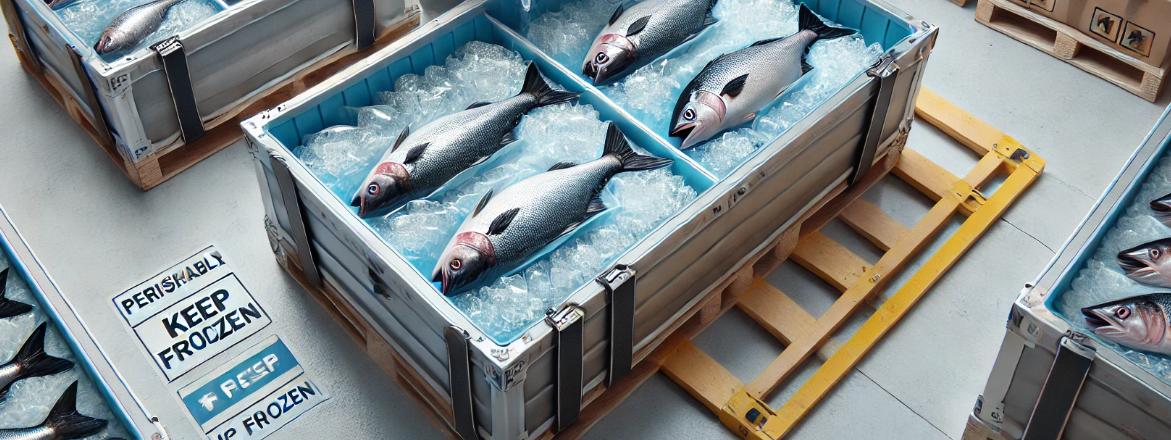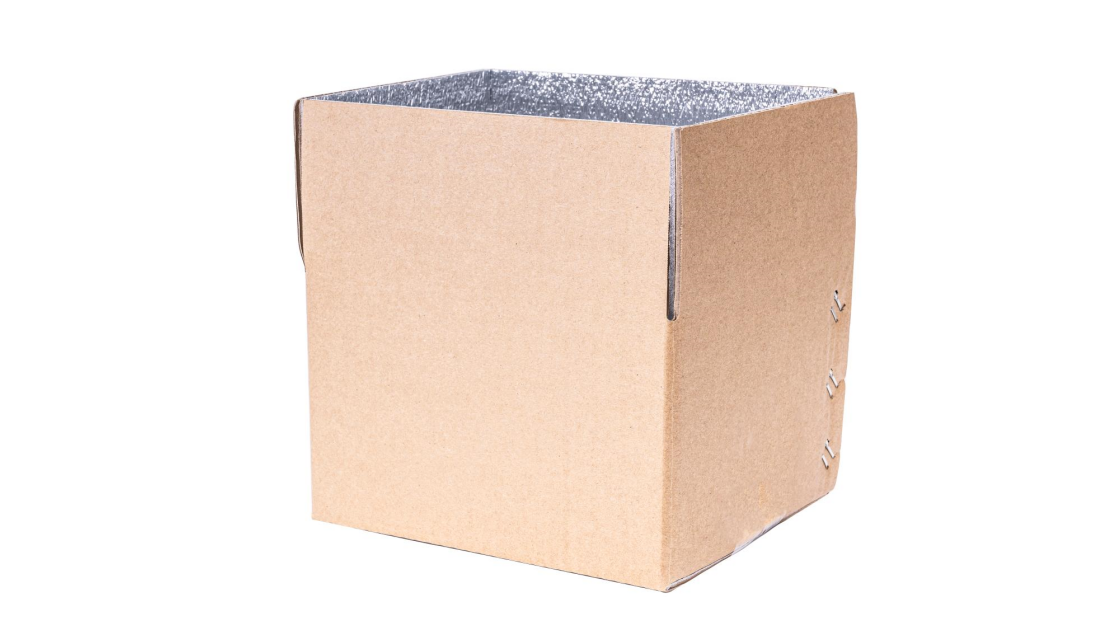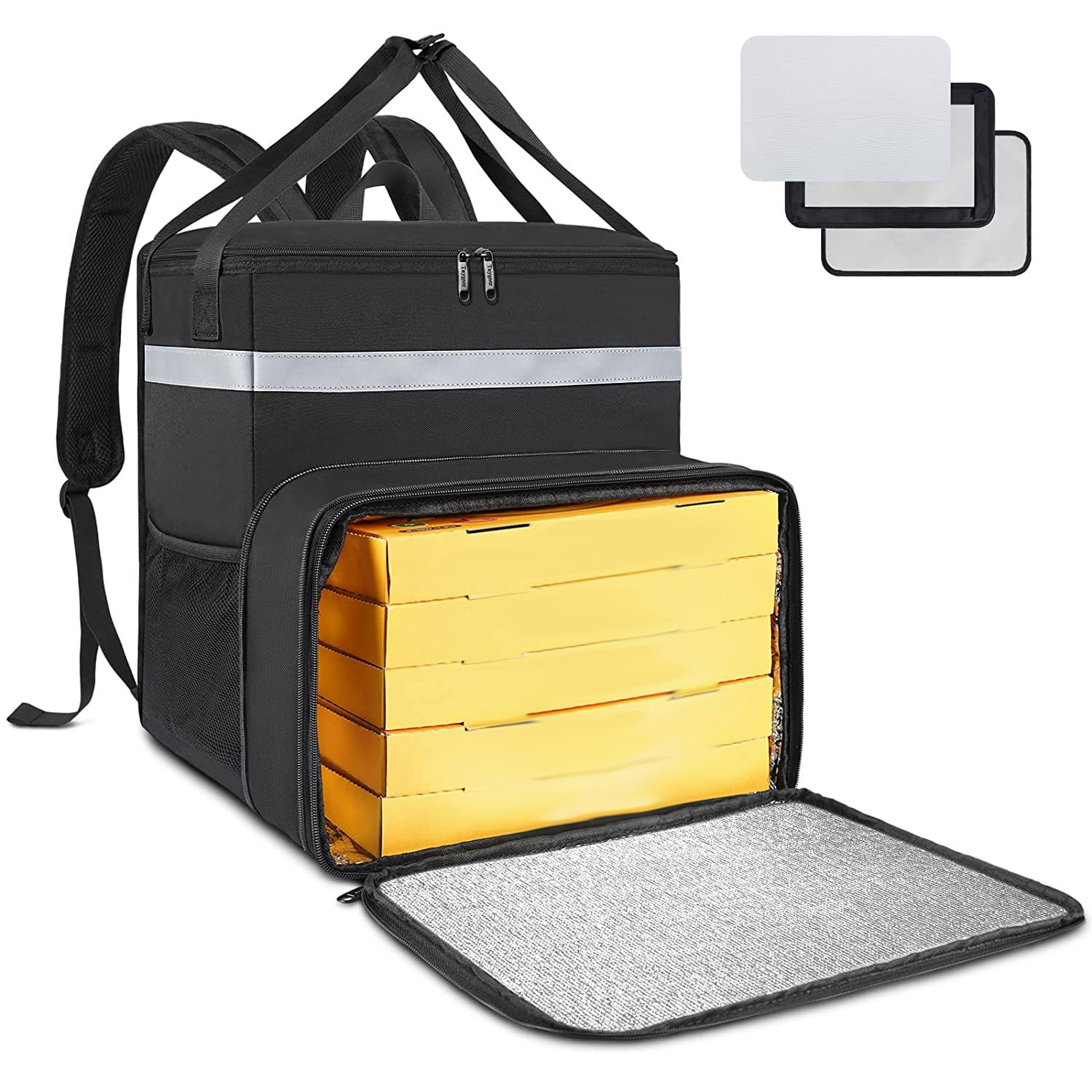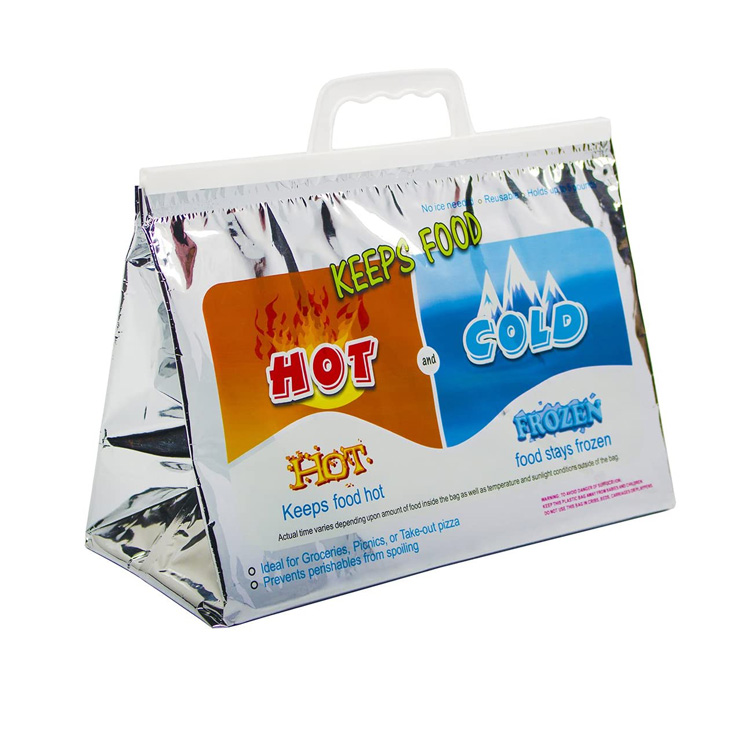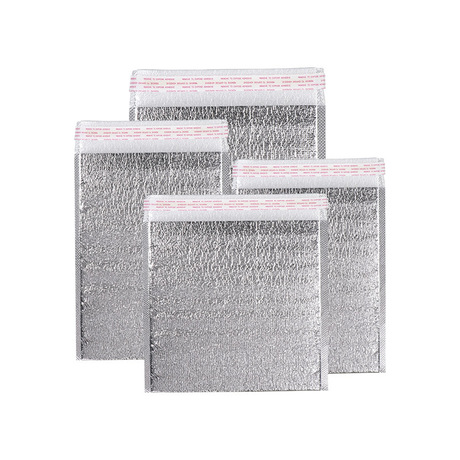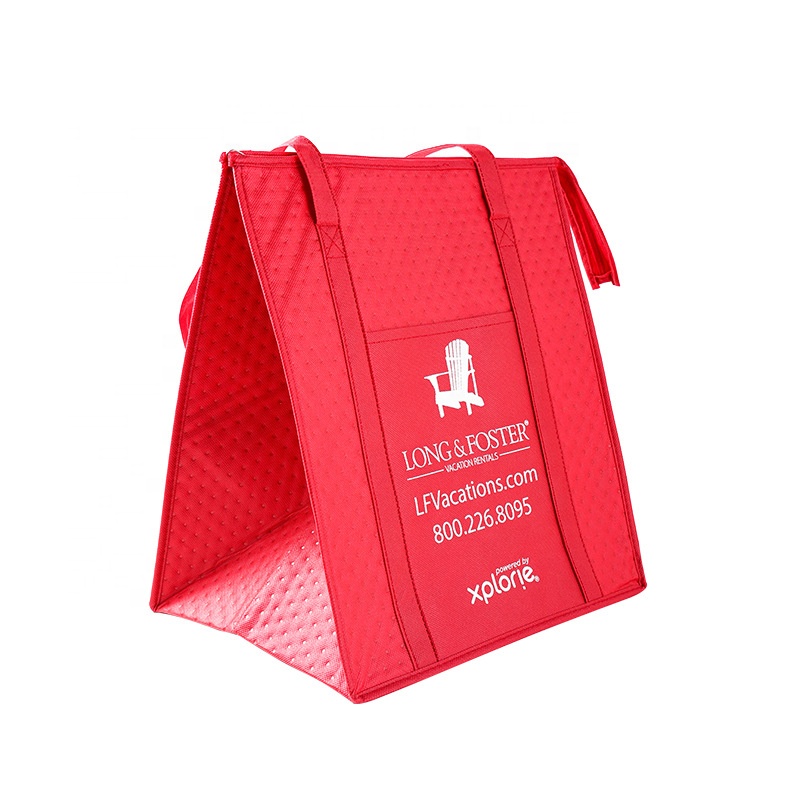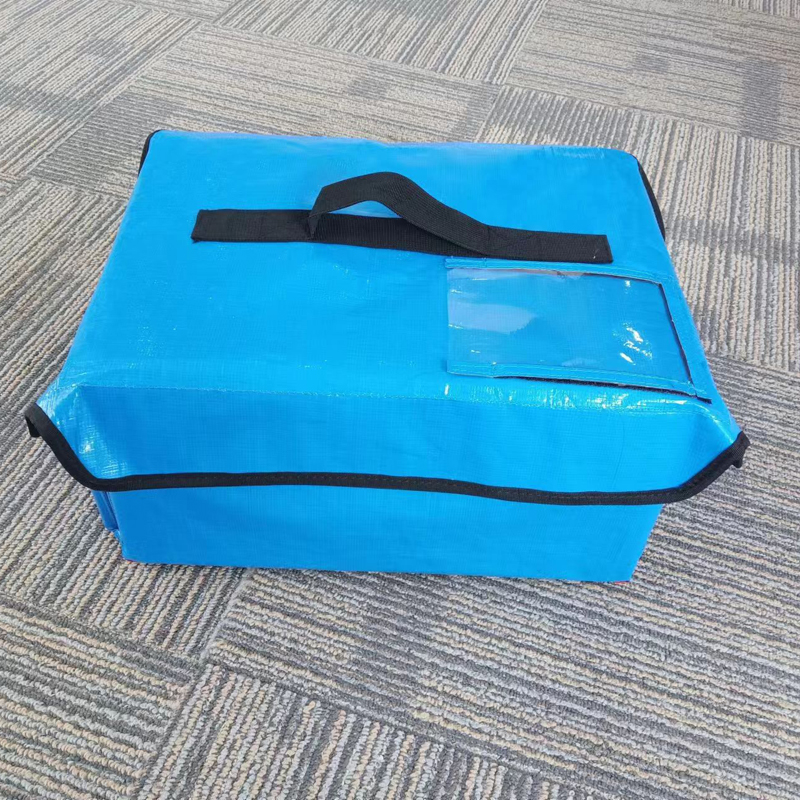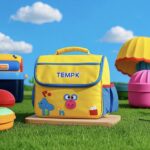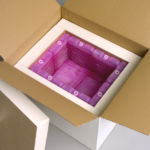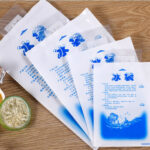1. Vorsichtsmaßnahmen für den Transport von gefrorenen Fischen
1. Keep the temperature on hold
Frozen fish must be kept at-18°C or lower to prevent thawing and deterioration. Die Aufrechterhaltung einer stabilen niedrigen Temperatur während des gesamten Transports ist entscheidend.
2. Packaging integrity
Proper packaging is key to protecting fish from temperature fluctuations, physischer Schäden und Kontamination. Das Paket muss langlebig sein, undicht, und isoliert.
3. Humidity control
Minimize the humidity in the package to prevent ice crystals and frozen cautery, Dies reduziert die Qualität des Fisches.
4. Transportation time
Plan transportation routes and duration to ensure that fish are always frozen before reaching their destination. Verwenden Sie eine beschleunigte Transportmethode, falls nötig.
2. Verpackungsschritte
1. Prepare the materials
-Vacuum sealing pockets or moisture-proof packaging
-High-performance thermal insulation container (EPS, EVP, oder VIP)
-Kondensung (Gel -Eisbeutel, Trockeneis, oder Phasenänderungsmaterial)
-Hygroskopische Pads und Bubble Pads
2. Pre-cooled fish
Make sure the fish is completely frozen before packaging. This helps to maintain a stable internal temperature during transport.
3. Vacuum seal or pack the fish
Fish fish using vacuum sealing pockets or moisture-proof packaging, which prevents air exposure and reduces the risk of freezing cautery.
4. Arrange the refrigerant
Place the pre-cooled fish in an insulated container. Spread the refrigerant (such as gel ice packs, Trockeneis, oder Phasenwechselmaterialien) evenly in the surroundings to ensure uniform temperature distribution.
5. Fix and seal the containers
Use a bubble cushion or foam to prevent movement during transport. Close tight tightly to prevent air exchange and temperature fluctuations.
6. Mark the packaging
Clearly marked packaging, labeled “perishable items” and “keep frozen”. Include handling instructions for transport personnel reference.
3. Temperature control method
1. Choose the appropriate thermal insulation material
Select the appropriate insulation containers according to the transportation time and external conditions:
-EPS container: lightweight and cost effective for short to medium duration transportation.
-EPP container: durable and reusable for long time transportation.
-VIP container: high performance thermal insulation, suitable for long time transportation and highly sensitive products.
2. Use the appropriate refrigerant medium
Choose a refrigerant suitable for the transportation needs:
-Gel -Eisbeutel: Suitable for short to medium length, non-toxic and reusable.
-Trockeneis: Suitable for long time transportation, maintaining extremely low temperatures. Due to its extremely low temperature and sublimation properties require careful treatment.
-Phase change material (PCM): Provide accurate temperature control for multiple transportation times and can be reused.
3. Temperature monitoring
Use the temperature monitoring equipment to track the temperature throughout the transportation process. These devices can alert temperature deviations, allowing you to take immediate corrective action.
4. Huizhou’s professional solutions
Maintaining the temperature and freshness of food is critical when transporting frozen fish. Huizhou Industrial Cold Chain Technology Co., Ltd. provides a series of efficient cold chain transportation products, the following is our professional proposal.
1. Huizhou products and applicable scenarios
1.1 Inwater ice pack
-Main application temperature: 0℃
-Anwendbares Szenario: For products that need to be maintained around 0℃, but not suitable for frozen fish transportation.
1.2 Saline water ice pack
-Main application temperature range: -30℃ bis 0 ℃
-Anwendbare Szenarien: Suitable for frozen fish that require lower temperatures but not extreme low temperatures.
1.3 Gel -Eisbeutel
-Main application temperature range: 0℃ to 15℃
-Anwendbares Szenario: suitable for slightly cold products, but not suitable for frozen fish transportation.
1.4 Organische Phasenwechselmaterialien
-Main application temperature range: -20℃ to 20℃
-Anwendbares Szenario: suitable for accurate temperature control transportation in different temperature ranges, but not suitable for frozen fish transportation.
1.5 Eisbox -Eisbox
-Main application temperature range: -30℃ bis 0 ℃
-Anwendbares Szenario: suitable for short-haul transportation and need to keep frozen fish cold.
2.insulation can
2.1 The VIP incubator
-Merkmale: Use vacuum insulation plate technology to provide the best insulation effect.
-Anwendbares Szenario: Suitable for extreme low temperature requirements and the transportation of high-value frozen fish.
2.2 EPS -Inkubator
-Merkmale: Polystyrene materials, low cost, suitable for general thermal insulation needs and short-distance transportation.
-Anwendbares Szenario: Suitable for frozen fish transport requiring moderate insulation effect.
2.3 EPP -Inkubator
-Merkmale: high density foam material, provide good insulation performance and durability.
-Anwendbares Szenario: Suitable for frozen fish transportation requiring prolonged insulation.
2.4 Pu Incubator
-Merkmale: polyurethane material, excellent thermal insulation effect, suitable for long-distance transportation and high requirements of thermal insulation environment.
-Anwendbares Szenario: suitable for long distance and high value frozen fish transportation.
3.1 Oxford cloth Isolationsbeutel
-Merkmale: light and durable, suitable for short-distance transportation.
-Anwendbares Szenario: suitable for small batches of frozen fish, but not recommended for long-distance transportation due to limited insulation effect.
3.2 Thermalisolationsbeutel nicht gewebter
-Merkmale: environmentally friendly materials, good air permeability.
-Anwendungsszenario: suitable for short distance transportation for general insulation requirements, but not recommended for frozen fish transportation due to limited insulation effect.
3.3 Aluminiumfolie -Isolationsbeutel
-Merkmale: reflected heat, good thermal insulation effect.
-Anwendbares Szenario: suitable for medium and short distance transportation and need insulation and moisturizing, but should be used with other insulation materials.
4.According to the recommended protocol for the frozen fish species
4.1 Long-distance frozen fish transportation
-Empfohlene Lösung: Use dry ice, combined with a VIP incubator, to ensure that the temperature remains at-78.5℃ to maintain the freezing state and freshness of the fish.
4.2 Short-haul frozen fish transportation
-Empfohlene Lösung: Use saline ice packs or ice box ice sheets, paired with a PU incubator or EPS incubator, to ensure that the temperature is maintained between-30℃ and 0℃ to keep the fish frozen.
4.3 Frozen fish transportation midway
-Empfohlene Lösung: Use saline ice packs or ice box ice plates with an EPP incubator to ensure that the temperature is maintained between-30℃ and 0℃ to maintain the freezing state and freshness of the fish.
By using Huizhou’s refrigerant and insulation products, you can ensure that frozen fish maintain the best temperature and quality during transportation. We are committed to providing our customers with the most professional and efficient cold chain transportation solutions to meet the transportation needs of different types of frozen fish.
5.Temperaturüberwachungsservice
Wenn Sie die Temperaturinformationen Ihres Produkts während des Transports in Echtzeit erhalten möchten, Huizhou bietet Ihnen einen professionellen Temperaturüberwachungsdienst zur Verfügung, Dies führt jedoch zu den entsprechenden Kosten.
6. Huizhou’s commitment to sustainable development
1. Umweltfreundliche Materialien
Unser Unternehmen verpflichtet sich der Nachhaltigkeit und nutzt umweltfreundliche Materialien in Verpackungslösungen:
-Recycelbare Isolationsbehälter: Unsere EPS- und EPP -Behälter bestehen aus recycelbaren Materialien, um die Umweltauswirkungen zu verringern.
-Biodegradable refrigerant: We provide biodegradable gel ice packs and phase change materials, sicher und umweltfreundlich, Abfall reduzieren.
2. Wiederverwendbare Lösungen
Wir fördern die Verwendung wiederverwendbarer Verpackungslösungen, um Abfall zu senken und Kosten zu senken:
-Wiederverwendbare Isolationsbehälter: Unsere EPP- und VIP -Container sind für mehrere Verwendung ausgelegt, Bereitstellung von langfristigen Kosteneinsparungen und Umweltvorteilen.
-Wiederverwendbares Kältemittel: Unsere Gel -Eisbeutel und Phasenänderungsmaterialien können mehrmals verwendet werden, Reduzierung der Notwendigkeit von Einwegmaterialien.
3. Nachhaltige Praxis
Wir halten uns an nachhaltige Praktiken in unseren Operationen ein:
-Energieeffizienz: Wir implementieren Energieeffizienzpraktiken während der Herstellungsprozesse, um den CO2 -Fußabdruck zu verringern.
-Abfall reduzieren: Wir bemühen uns, Abfall durch effiziente Produktionsprozesse und Recyclingprogramme zu minimieren.
-Grüne Initiative: Wir sind aktiv an grünen Initiativen beteiligt und unterstützen Umweltschutzbemühungen.






